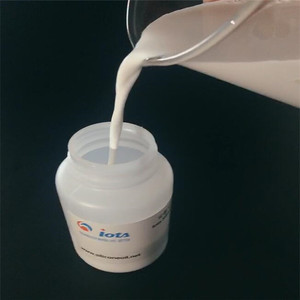At the beginning of 2025, after a year of price wars,
the silicone industry finally ushered in new changes. Practitioners are beginning to reflect on the consequences of price wars and seeking new directions for development. The arrival of spring restlessness has injected new vitality into the industry and also indicates that the industry will usher in profound changes.
Looking back at 2024, the silicone industry has fallen into a quagmire of price wars. Multiple companies are willing to resort to low price dumping as a means to compete for market share, resulting in a significant decline in industry profits. However, this vicious competition did not bring the expected market share growth, but instead put the industry in a more difficult situation.
In 2025, there is still a strong expectation of price wars both inside and outside the industry, but practitioners are beginning to realize that a simple price war can no longer help companies get out of trouble. Industry dividends are the key to the survival and development of enterprises. With the recovery of the economy and the growth of demand, the way of thinking of practitioners has also begun to change, no longer viewing industry trends with a cold winter perspective.

Driven by the restlessness of spring, major monomer factories have taken maintenance measures in an attempt to reshape the market landscape by reducing production. This measure has received positive response and support from the entire industry. According to insiders, the entire industry has reached a strategic consensus and plans to stabilize
market prices and increase industry profits by jointly reducing production by about 1.4 million tons.
With the implementation of the production reduction plan, the market supply and demand relationship is gradually approaching balance. The prices of organic silicon products such as
DMC have also gradually rebounded. This round of price hikes is not a tentative adjustment, but the result of the joint efforts of the entire industry. The upstream alliance has set phased goals and is aiming to return to a healthy profit range by 2025.
However, the wave of price increases has also brought considerable pressure to mid to downstream enterprises. Faced with sudden price increases, midstream and downstream enterprises are in a dilemma. Chasing price increases and stocking up may face the risk of price correction, while waiting and watching may miss the purchasing window. However, the strong signals released by the production side cannot be ignored. The raw material inventory of multiple individual factories has dropped below the warning line, and
social inventory has also significantly decreased.
In this context, midstream and downstream enterprises have begun to actively adjust their procurement strategies to cope with market changes. They strengthen cooperation and communication with suppliers, striving for more favorable prices and more stable supply channels. At the same time, they also began to strengthen internal management and cost control to enhance their competitiveness.
